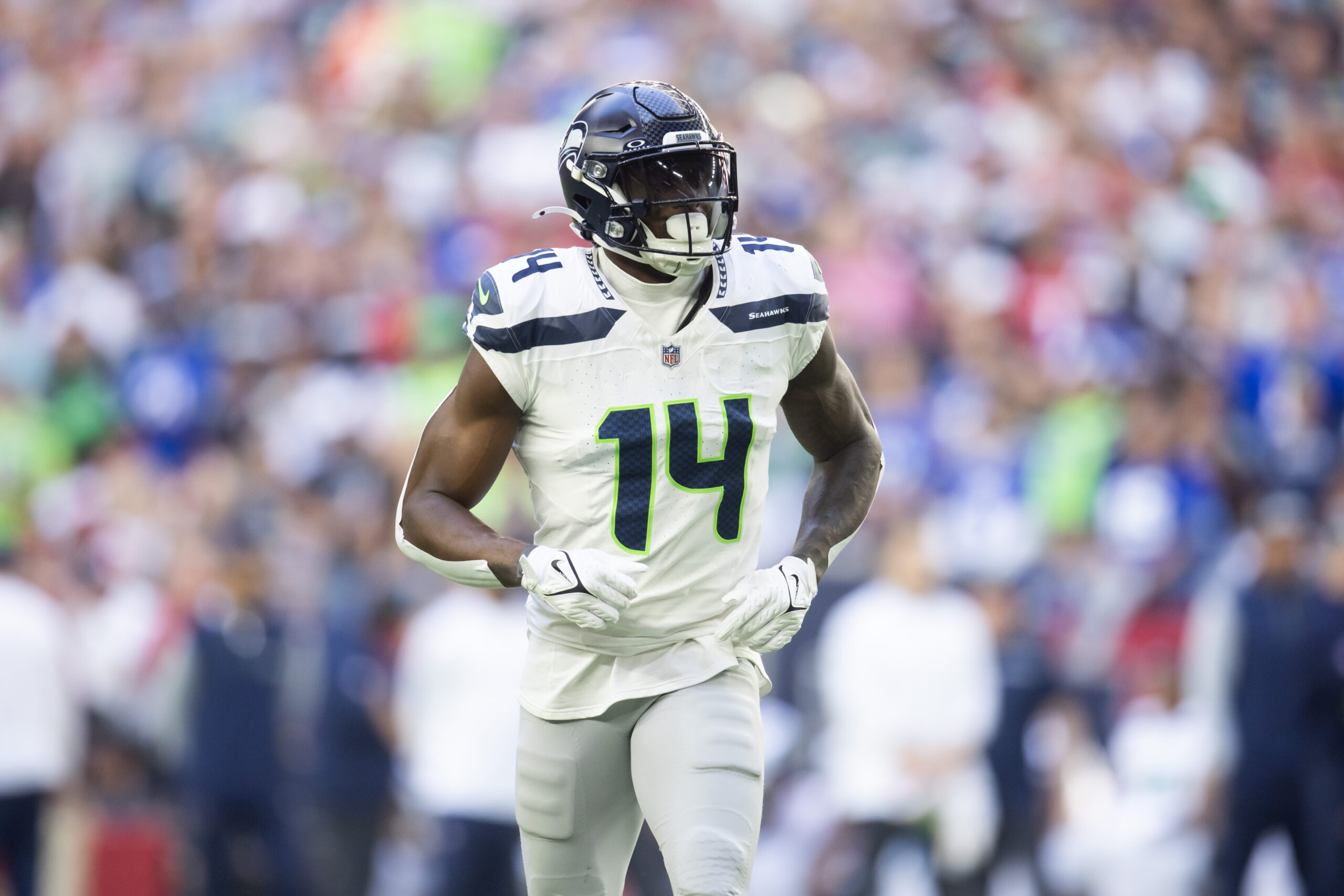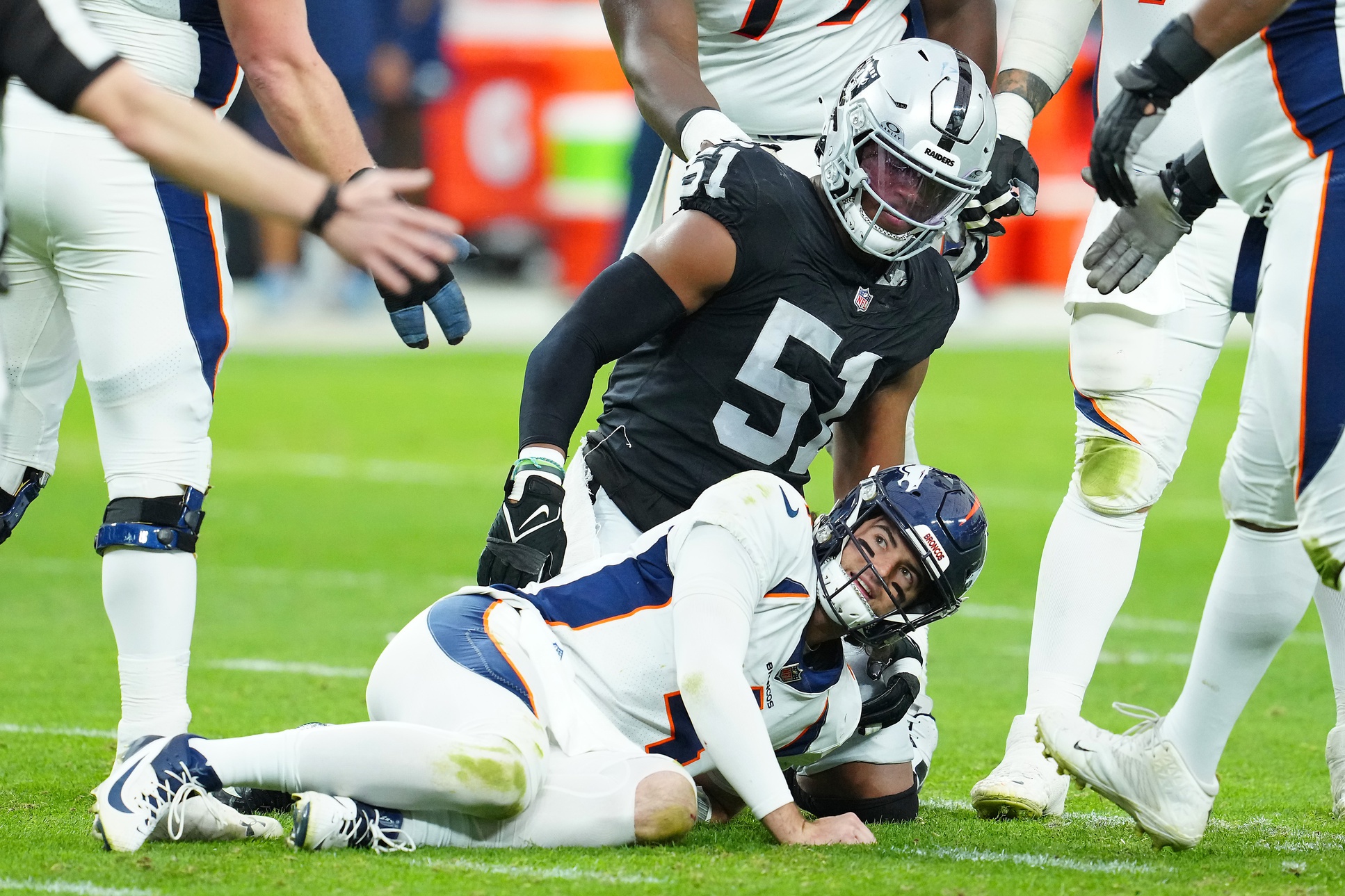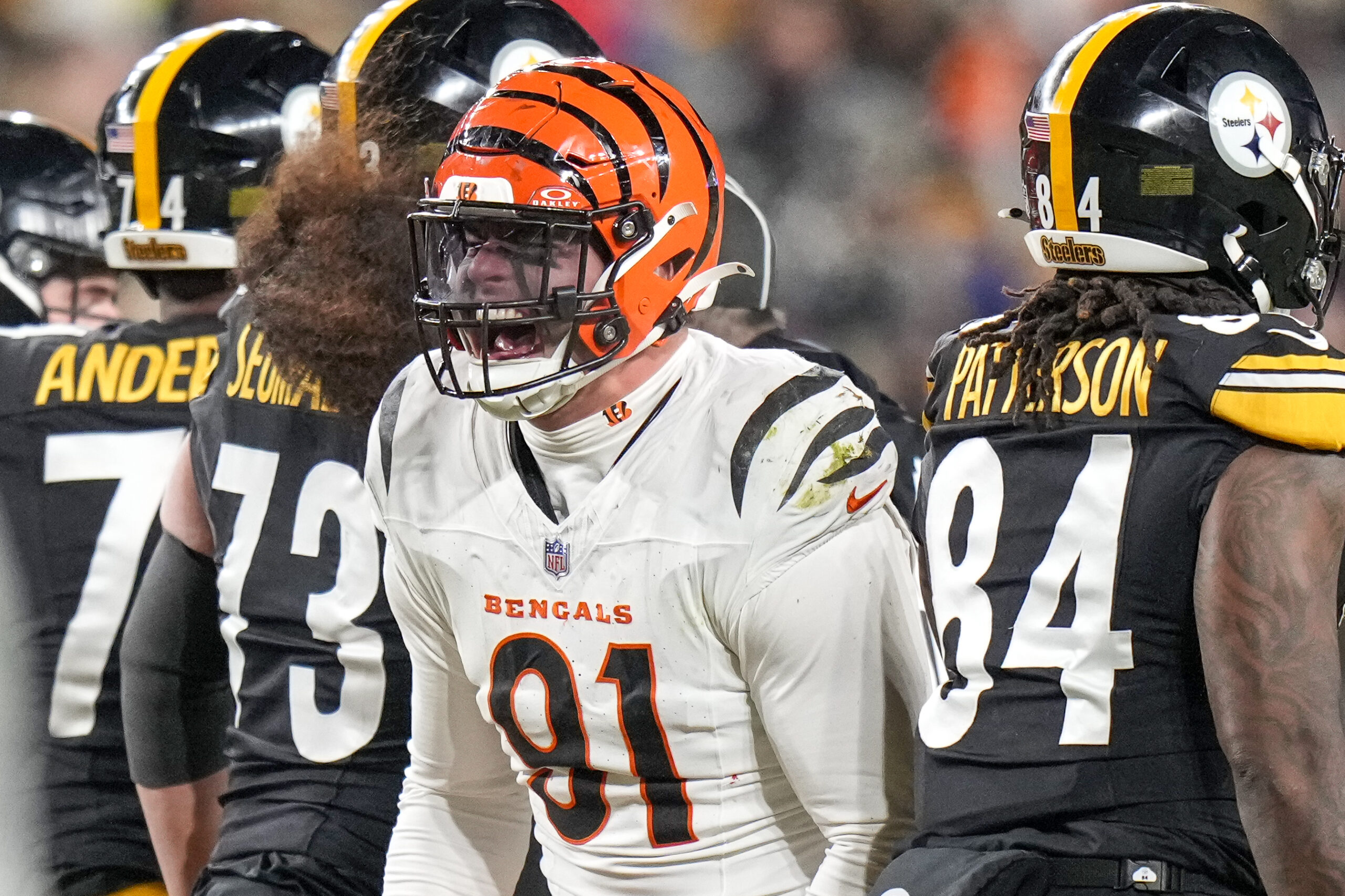Analysis
8/30/21
5 min read
New Orleans Saints Play Salary Cap Gymnastics
The NFL’s salary cap is simple in nature, but contract restructures and other strategies must be implemented in order to excel in roster creation. A prime example of this is how the New Orleans Saints have somehow managed to stay under the salary cap for this upcoming season.
Entering the offseason, Saints general manager Mickey Loomis faced many daunting challenges, such as their exorbitant projected payroll and the anticipated retirement of future Hall of Famer Drew Brees. The effect of the pandemic only made matters worse, as the salary cap dropped by over $15 million. As a result, many GMs had to adjust how they went about roster creation given the new uncertainty of the salary cap.
The first strategy used by New Orleans was the handling of Brees’ owed money. Brees was set to make $25 million in 2021, but his retirement normally would have voided this salary, leaving only the remainder of the signing bonus portion to be paid. However, paying all of this at once would have been an inordinate amount given the money the Saints must already pay other players. To alleviate a 2021 cap crisis, New Orleans asked Brees to renegotiate his deal to receive just over $1 million, the veterans minimum, allowing the Saints to spread the high price of his bonus out over the next two years. They submitted his retirement papers after June 1, which gave the organization the ability to pay the remainder of Brees’ owed money during the 2022 season.
The team’s most notable deal of the NFL offseason was the extension of Taysom Hill, inking a $140 million contract over four years. However, the contract included the caveat that all four of these years were voidable, essentially creating more flexibility for New Orleans as they can pay the signing bonus over the length of the deal.
This offseason also saw Ryan Ramczyk receive a large extension with the Saints, making him the highest-paid right tackle in the league; but this only took care of one of their elite tackles. Their salary cap situation may result in Terron Armstead choosing between taking a pay cut to stay in New Orleans or leaving to find a contract suitable for his stellar production. Additionally, backup left tackle James Hurst was signed through 2024, indicating New Orleans may have plans to let Armstead walk. However, this would result in over $13 million of dead cap in 2022, making their salary cap gymnastics even more consequential long-term.
Another huge piece set to be an unrestricted free agent after the season is Marshon Lattimore, still playing on his rookie deal. Like Armstead, his restructured deal incurs a cap hit of nearly $7 million in 2022 should he not be signed to an extension after the Saints restructured his deal this offseason. Other starters with expiring deals include Marcus Williams, new starting quarterback Jameis Winston, Kwon Alexander, Tre’Quan Smith, and Alex Armah, among other vital role players.
To resign all of these players seems impossible, especially when Williams alone is estimated to be paid over $13 million per year (via Spotrac). If Winston plays up to the level of a decent starting quarterback that they want to re-sign, he’ll likely warrant a deal in the vicinity of $10 million-plus, continuing to push the amount the Saints would have to add to their already sky-high payroll in 2022.
The Saints currently sit at fifth in dead money for this year at over $35 million. This is a significant increase from the recent past where they had approximately $22 million each of the past three years. New Orleans is nearly $36 million over the projected cap for next year, and only the Packers have more money already allocated. After restructuring Drew Brees’ deal, he makes up almost the entirety of their $11.5 million of dead money, third in the league for 2022.
The Saints do have 45 players under contract for next season, but the average age of these players is 27.48 years old. This makes them the oldest team based on players signed for next year, meaning they may focus on signing undrafted free agents to add more youth. Similarly, they have committed the second-most funds to active players for 2023. The average age of these players is over 29, nearly a year-and-a-half older than the team ranked third. The same narrative continues into 2026, as they are in the top fourth of the league every year in cap already devoted.
Since New Orleans has so much money tied up in current players on the roster, look for them to increasingly focus on players who can contribute right away in the draft over the next few seasons, with less ability to gamble on high-upside players. An aging and contracted team like the Saints cannot be a consistent player in free agency, so the draft is where they need to find gems on team-friendly deals to fill needs and stay competitive throughout the years. Without a franchise quarterback at the helm, the roster’s holes will likely appear more evident with their lack of cap flexibility. It’s a difficult position to find themselves in, but New Orleans has won at least seven games in all but one season during Loomis’ tenure. What will he do this time?
All information on salary cap and contracts taken from Spotrac and Over the Cap







